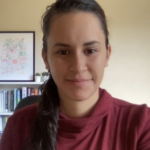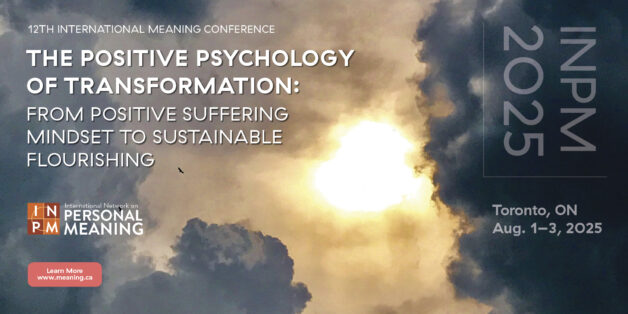Just over three years ago, almost overnight, the landscape of what was possible online changed in the field of mental health. At the time, I was working as a psychotherapist at a non-profit organization. A typical day consisted of interactions with coworkers, sessions with clients, and social gatherings with friends and family. In the normalcy of the pre-pandemic world, I took for granted the preciousness of these interactions, and the importance of them in my everyday life.
I was skeptical about shifting the therapeutic space to a virtual one. My inherent feeling was that the space held between a psychotherapist and client was–at its most basic level– a physical space. Alongside the closeness of the shared, held space came the capacity to tap into something far deeper. I was surprised to find how capable I still felt to hold space virtually, and how open my clients were to take that step with me. It was a time of uncertainty and distance, and I was amazed to find the feeling in the virtual therapeutic space of something bigger and deeper than the physical gap between my clients and myself. Would this shift to virtual been the same were it not for the pandemic? Perhaps. Nevertheless, the experience showed me the value of presence, via any means possible, and the importance of simply being with another human.
As time has progressed, the idea of “Zoom fatigue” has become well-known. I found this to be true for me and began to try to find new ways to connect with people in my personal life, which, given the shifting landscape of what was possible, wasn’t always easy. I had transitioned to private practice during the pandemic and was working on my doctorate as the only student in my cohort. To say I felt alone and, at times, disconnected from my professional and academic career would be an understatement. I continued to try my best to take care of myself outside of work so as to remain focused and present online, but it became more and more of a challenge. There were days when I felt only exhaustion and questioned the quality of my presence and the impact this may have on my clients. These were difficult feelings to sit with, leading to a degree of guilt, internal disappointment, and frustration. Wading my way through these feelings was, and continues to be, an ongoing process of internal reflection and practical steps to ensure my own mental and emotional well-being and feeling of connection to others and to my work.
As the world has opened more and more, I have re-entered the community around me and returned to in-person work with clients. The profundity of this return is not lost on me. Many clients have opted to continue online, and there is validation in this, knowing that their sense of connection has remained strong despite the physical distance of the digital therapeutic sphere. But the feeling of being out in the world, sharing the space with other humans, has had a deep impact on me after these years of distance. I am beginning to fully understand that, for me, there is meaning and beauty in connection in any form, but there is something truly magical about sharing physical space with another human being–whether that is in the minutiae of day-to-day life, the interactions we have with those we love, or the therapeutic space with clients. I am grateful for the digital spaces I now occupy and feel lucky to be able to rebuild my connections away from a screen–something that I will never again take for granted.


 Meaning Conference 2025 will be the INPM’s first in-person conference with a virtual option after the pandemic.
Meaning Conference 2025 will be the INPM’s first in-person conference with a virtual option after the pandemic.